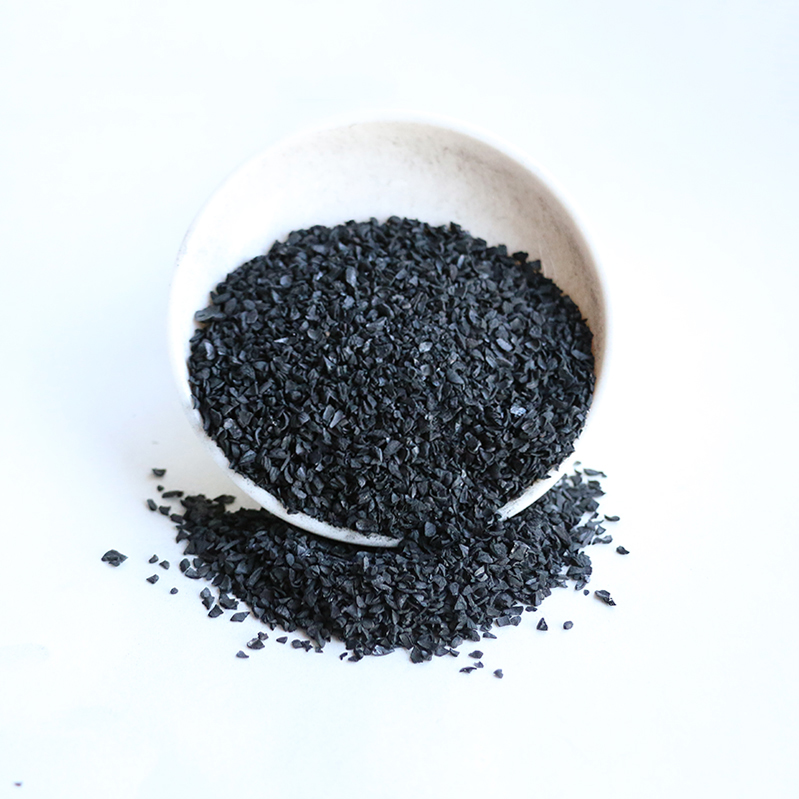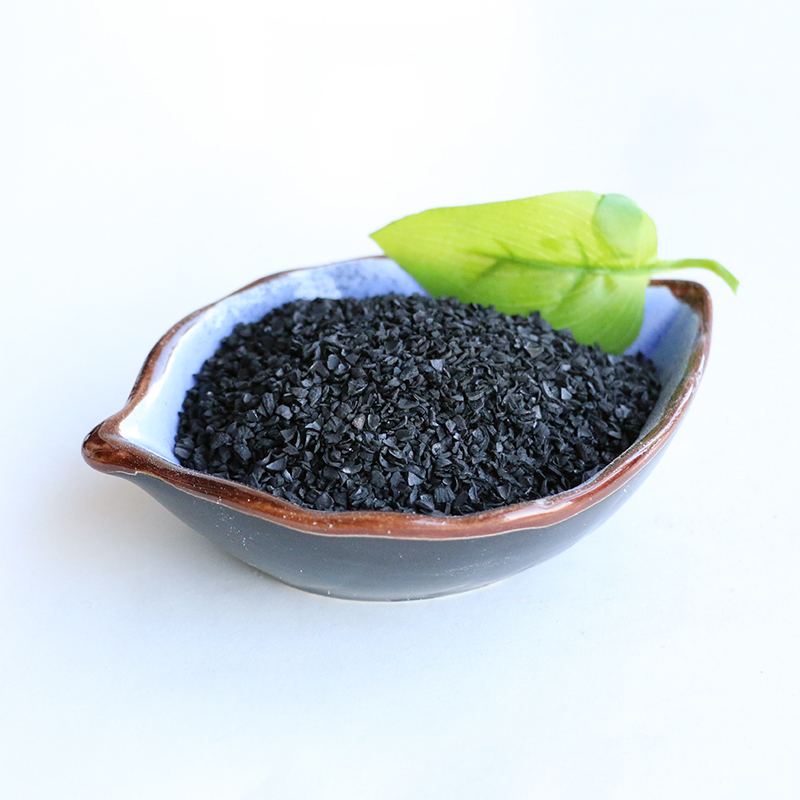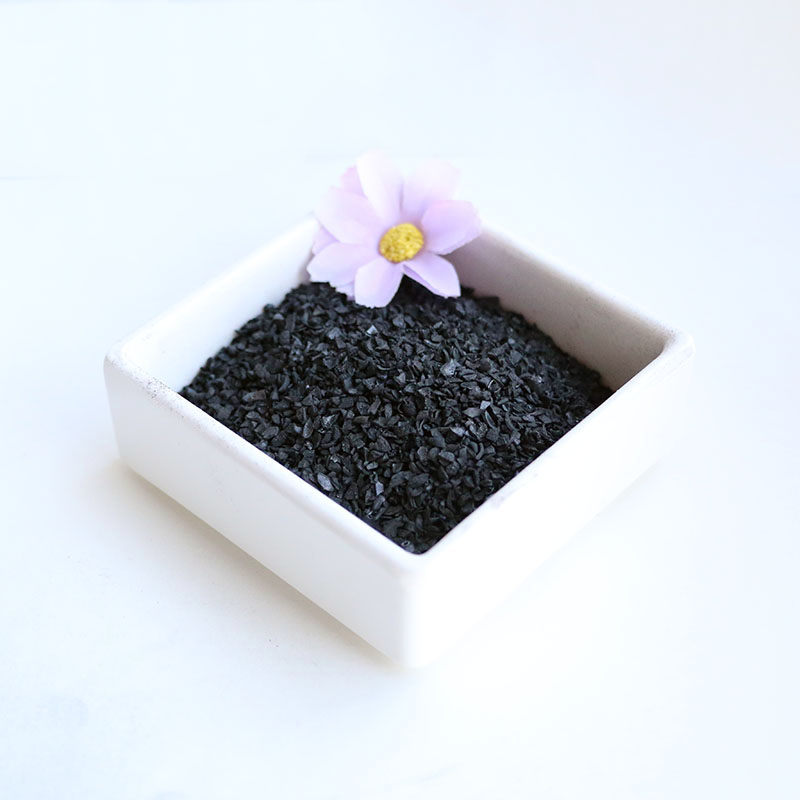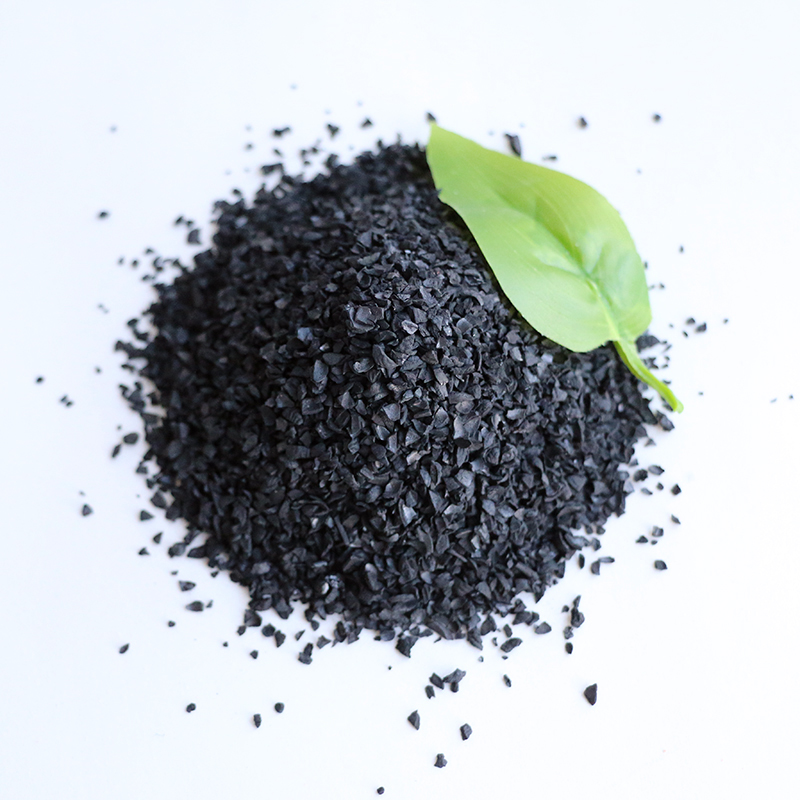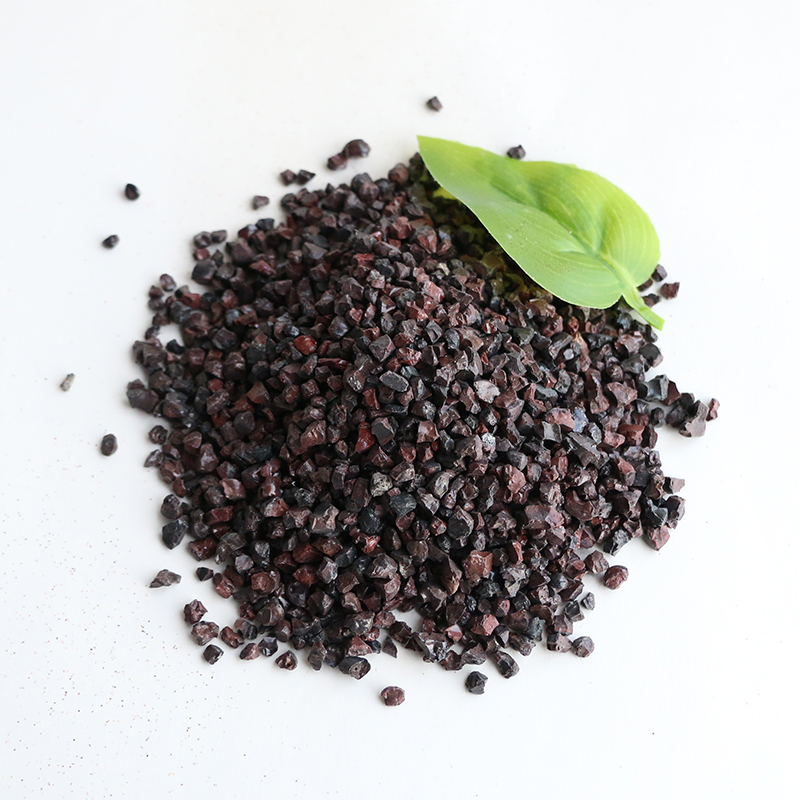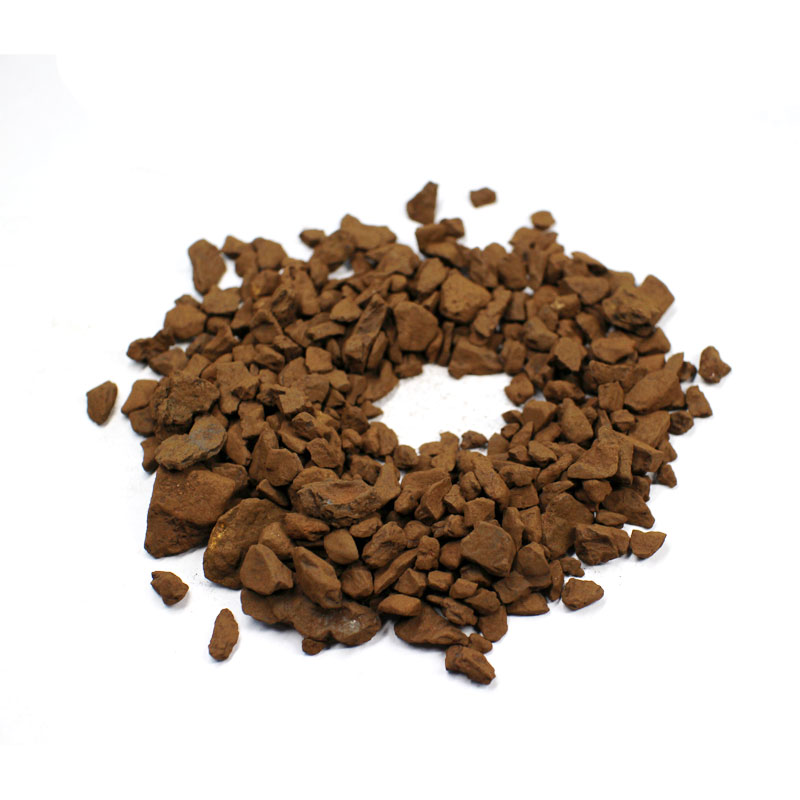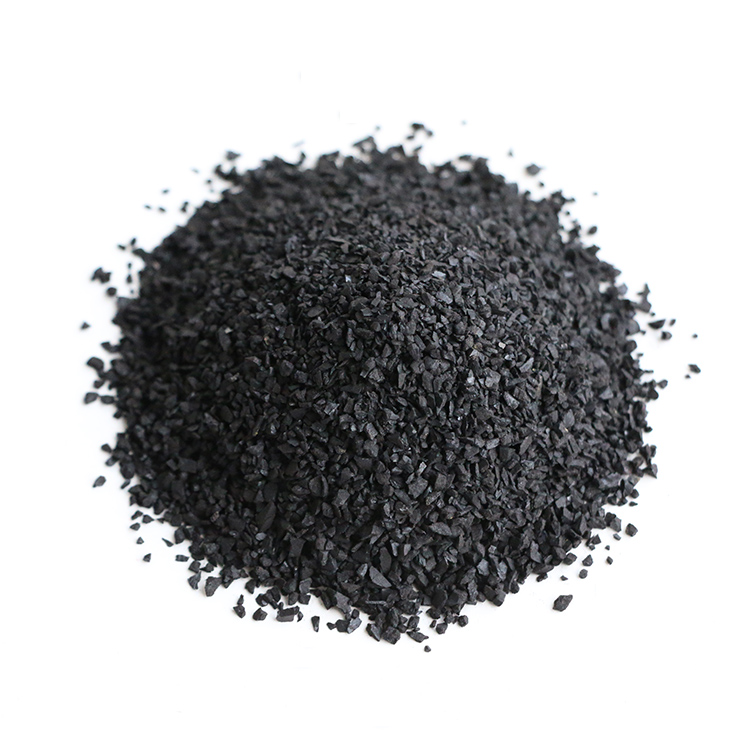Fruit shell activated carbon
Overview
Fruit shell activated carbon is a premium, natural adsorbent produced from the shells of fruits such as coconuts, apricots, peaches, walnuts, and jujubes through carbonization and steam activation. It is available in granular (GAC) or powdered (PAC) forms and is valued for its microporous structure, which provides excellent adsorption for impurities in water and air. This material aligns with international standards for safe use in potable water treatment and industrial processes.
Features
- High Adsorption Capacity: Iodine numbers typically range from 850-1300 mg/g, indicating strong micropore development for effective contaminant removal.
- Durability: Hardness levels of 90-99% minimize attrition during backwashing and handling.
- Low Impurities: Ash content ≤5% and moisture ≤10% ensure minimal leaching and stable performance.
- Versatile Sizing: Common mesh sizes include 4×8, 8×30, and 12×40 for optimized flow and pressure drop.
Applications
Ideal for drinking water purification (removing chlorine, taste, and odors), wastewater treatment, air filtration, food processing, and solvent recovery.
Advantages
Offers renewable sourcing, low dust for cleaner operations, and compliance with NSF/ANSI 61 for safety in human consumption applications. It provides cost-effective regeneration options and superior performance in high-flow systems compared to other carbons.
Physical Properties Table
| Property | Typical Value/Range | Units | Test Method/Reference | Notes |
|---|---|---|---|---|
| Bulk Density | 0.4-0.55 | g/cm³ | ASTM D2854 | Higher for coconut (0.45-0.55); lower for walnut (0.38-0.48) |
| Hardness/Abrasion Number | 90-99 | % | ASTM D3802 | Coconut excels at 98-99.5%; ensures low attrition in backwashing |
| Moisture Content | ≤5-10 | % | ASTM D2867 | As packed; lower values (≤5%) for premium grades to prevent microbial growth |
| Ash Content | ≤3-6 | % | ASTM D2866 | Low ash minimizes leaching; coconut typically ≤3%, apricot 2.5-4.5% |
| pH Value | 7-11 | – | ASTM D3838 | Neutral to alkaline; acid-washed options adjust to 7-9 for sensitive applications |
Chemical and Adsorption Properties Table
| Property | Typical Value/Range | Units | Test Method/Reference | Notes |
|---|---|---|---|---|
| BET Surface Area | 600-1500 | m²/g | ASTM D6556 | Indicates total adsorption sites; higher in KOH-activated samples (up to 1029 m²/g for baobab variants) |
| Iodine Number | 850-1300 | mg/g | ASTM D4607 | Measures micropore capacity; 1000+ for high-performance water treatment |
| Methylene Blue Value | 11-28 | g/100g | ASTM (custom) | Assesses mesopore adsorption for medium-sized molecules like dyes |
| CTC Activity | 45-70 | % by weight | ASTM D3467 | For vapor phase; higher values suit air purification |
| Acid/Alkali Soluble Matter | Low (specific limits per standard) | % | EN 12915 | Ensures compliance for potable uses; minimal solubles to avoid contamination |
Particle Size Distribution Table (Common Mesh Sizes)
| Mesh Size (US Sieve) | Effective Size (mm) | Uniformity Coefficient | Applications | Notes |
|---|---|---|---|---|
| 4×8 | 2.36-4.75 | <1.6 | Coarse filtration | Low pressure drop; suitable for large-scale air treatment |
| 8×30 | 0.60-2.36 | <1.6 | Water purification | Balanced flow; AWWA-compliant for municipal use |
| 12×40 | 0.425-1.70 | <1.5 | Fine filtration | High efficiency for taste/odor removal; common in beverage industry |
| 20×50 | 0.30-0.85 | <1.4 | Ultra-fine applications | Ideal for high-purity needs like pharmaceuticals |
Customer Reviews
We switched to YONGRUIDA for the activated carbon in our municipal water treatment facility, and the consistency has been remarkable. Their product reliably meets specifications batch after batch, which is critical for our compliance. The Certificate of Analysis with every shipment gives us complete peace of mind.
— David Chen
The technical support from the YONGRUIDA team was invaluable. They analyzed our wastewater stream and recommended a specific grade of GAC that increased our contaminant removal efficiency by over 20%. They are more than a supplier; they are a genuine partner in solving our operational challenges.
— Maria Garcia

